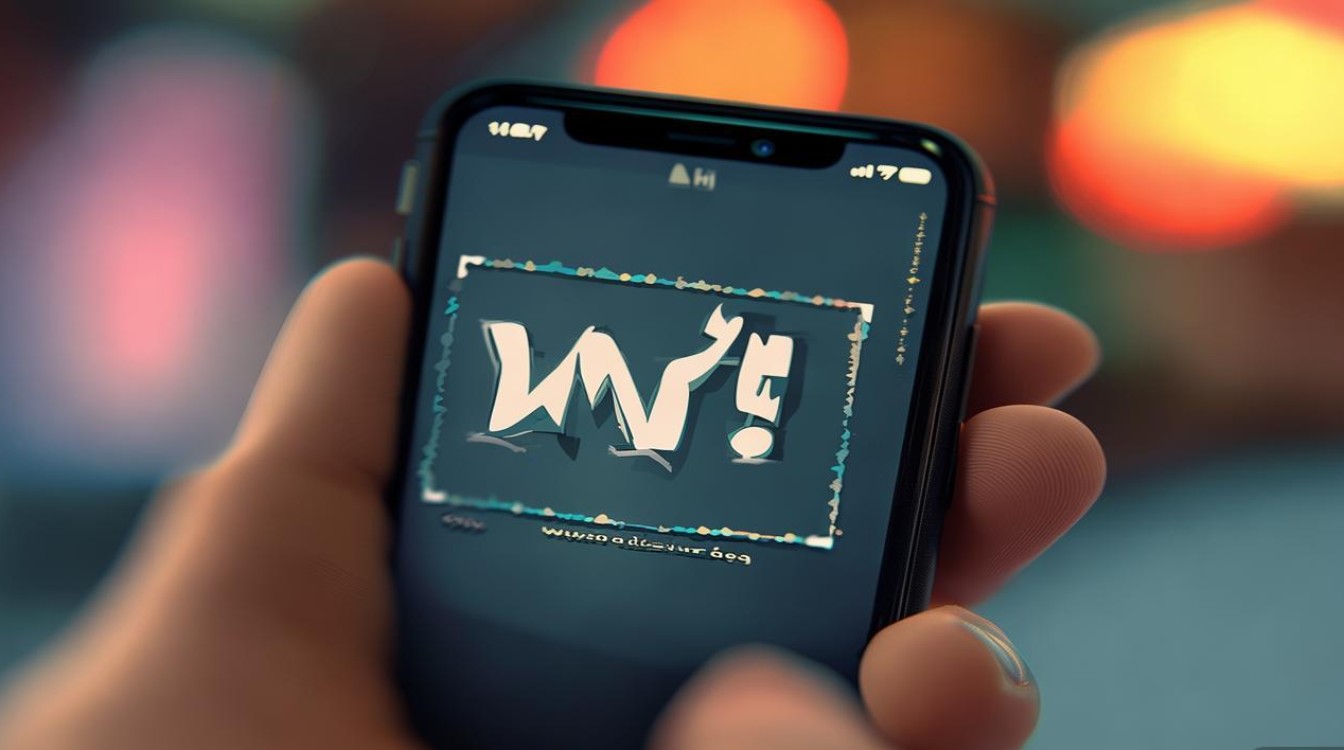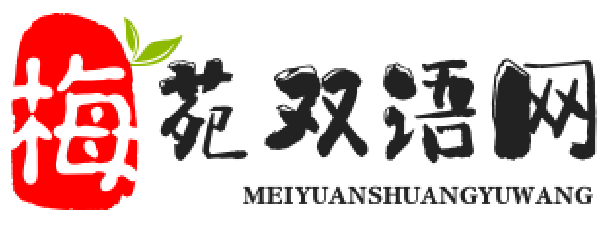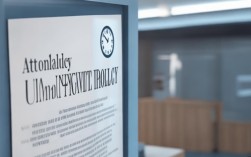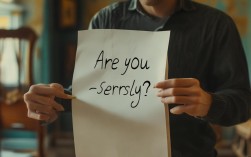核心答案
"What's" 是 "What is" 或 "What has" 的口语和书面简写形式。

它是一个缩合词,通过将两个词的一部分合并成一个词来书写,发音时通常只读一个音。
两种主要含义和用法
根据上下文,"what's" 有两种最常见的意思:
What is (是什么 / 怎么样)
这是最常见的用法,用于提出问题或进行陈述。
作为疑问句:
- What's your name? (你叫什么名字?)
- What's the time? (现在几点了?)
- What's this? (这是什么?)
- What's wrong? (怎么了?/ 出什么事了?)
作为陈述句:
- What's this? It's a cat. (这是什么?是一只猫。)
- What's important is that we are safe. (重要的是我们安全了。)
- Look what's happening over there! (看那边发生什么事了!)
What has (已经做了什么)
这种用法通常与现在完成时 连用,表示过去发生并且对现在有影响或持续到现在的动作。
作为疑问句:
- What's he been doing all day? (他一整天都在干什么?)
= What has he been doing all day?
- What's happened to your car? It looks terrible. (你的车怎么了?看起来糟透了。)
= What has happened to your car?
作为陈述句:
- What's been going on? I feel like I'm missing something. (发生什么事了?我感觉自己错过了什么。)
= What has been going on?
- I can't believe what's happened. (我不敢相信已经发生的事。)
= I can't believe what has happened.
如何区分 "What is" 和 "What has"?
这完全取决于上下文和后面的动词。
-
如果后面跟的是名词、形容词或-ing形式的动词(现在分词),通常是 "What is"。
What's **your name**?(name 是名词)What's **wrong**?(wrong 是形容词)What's **he doing**?(doing 是现在分词,构成现在进行时)
-
如果后面跟的是过去分词,通常是 "What has"。
What's **he done**?(done 是过去分词,构成现在完成时)What's **happened**?(happened 是过去分词,构成现在完成时)
其他较少见的用法
What does (做什么)
在非常口语化、非正式的美式英语中,"What's" 有时会用来代替 "What does",尤其是在 "what's" 后面紧跟一个代词(he, she, it)时。
- What's he want? (他想要什么?)
- 这是
What does he want?的非正式说法,在标准英语中,更推荐使用 "What does"。
- 这是
总结表格
| 含义 | 完整形式 | 例子 | 中文意思 |
|---|---|---|---|
| 是什么 / 怎么样 | What is | What's your name? | 你叫什么名字? |
| 已经做了什么 | What has | What's he done? | 他做了什么? |
| 做什么 (非正式) | What does | What's she want? (非正式) | 她想要什么? |
当你看到 "what's" 时,先根据它后面的词来判断,如果后面是 "happened", "done", "been" 这类词,就理解为 "What has";在大多数其他情况下,都理解为 "What is"。











